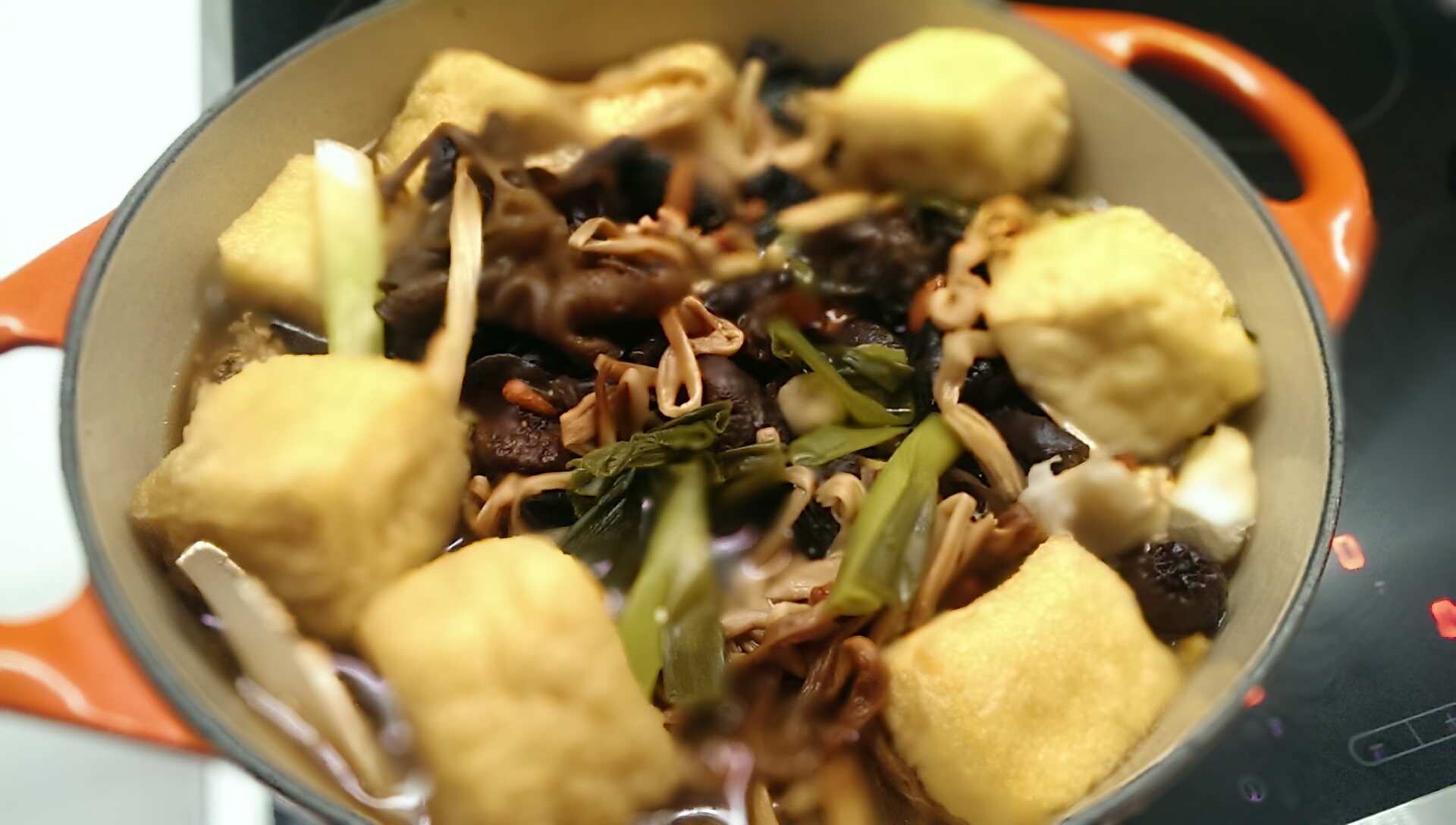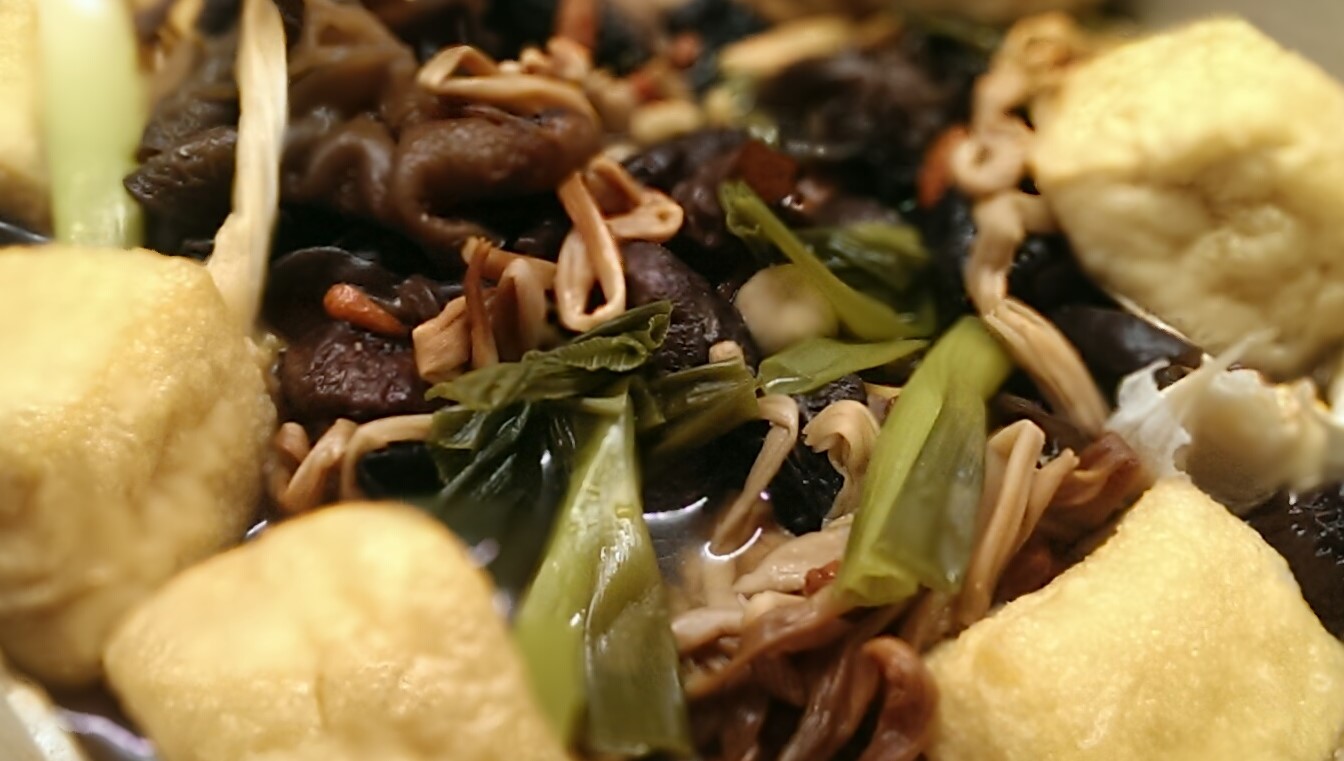
If you were to ask me to name one fad that is currently raving in the Chinese culinary world, I’d say it is Yipinguo 一品锅.
While all westerners know about ‘Chinese fondue’ (also known as hotpot, or shabu shabu), not many know about Yipinguo.
Its origins
Yipinguo 一品锅 literally means ‘first grade pot’. By ‘pot’, one infers a ‘stew’.
Yipinguo has a very specific origin: it is a winter dish of the people living in the Anhui 安徽 province in central China, specifically in the county of Huizhou 徽州. It was made in the Ming dynasty by the wife of the State Secretary Bi Jiang 毕锵 (AD1517-1608), Madam Xu 余氏. The Chinese Emperor came for a visit and Xu wanted to showcase the local dish of a hotpot. She presented the dish to the Emperor who loved it, and named it ‘first grade pot’. The term ‘Yipin’ 一品, is the same term used to classify court officials, hence only the Emperor has the right to confer the grade. Henceforth, the local Huizhou hotpot dish became known as Yipinguo 一品锅.
So what is so special about it?
Firstly, unlike other hotpots, Yipinguo is cooked, before it is placed on the table. Guests do not get to cook the raw ingredients over a boiling pot of broth.
Secondly, ingredients in a Yipinguo are layered in a strict hierarchy, such as that the lower layers are ingredients that take longer time to cook.
Thirdly, one does not stir the pot and it has to be presented as it has been placed.
Last but not least, the combination of the ingredients in the Yipinguo follows a strict Chinese medicinal rule of food compatibility, unlike other Chinese hotpots.
Layering of Yipinguo
- The lowest layer comprises hard vegetables; daikon radish, carrots, bamboo shoots, winter melon.
- The next layer is meat: pork, beef, duck, chicken, game meat and any kind of liver.
- The following layer: seafood such as prawns, baby lobsters, fish, abalone, shellfish.
- The second top layer is mushroom types: shiitake, straw mushrooms, black fungus etc.
- The top layer is tofu products: tofu puffs, tofu sticks, tofu etc.
- If you choose to add Chinese herbs, they should be placed at the bottom layer: lotus seeds, almonds, wolfberries etc.
- Recent ‘luxurious versions’ include delicacies like abalone, sharkfin, sea cucumber etc.
The Chinese Food Compatibility rules
Chinese medicinal food practice dictates which food can be eaten at the same time with another food. This is strictly followed in the selection of ingredients for Yipinguo.
- Abalone: Not to be eaten with chicken, wild boar and cow liver.
- Bamboo shoots: Not to be eaten with goat liver.
- Chicken (aged): Not to be eaten with pheasant, carp, rabbit, baby shrimps, garlic, onions, especially with sesame and chrysanthemum.
- Duck: Not to be eaten with rabbit, plumes, peach, black fungus, garlic shoots.
- Pork: Not to be eaten with plumes, carp, prawns, escargots, almond, donkey, goat liver, beef.
- Prawns: Not to be eaten with citric fruits and juices (anything with large amounts of vitamin C), pork, chicken, deer and pumpkin.
- Sea cucumber: Not to be eaten with vinegar.
You can basically make your own Yipinguo based on these rules. Mine is a simple one below, you can use it as a starting point to make your own.
Ingredients:
Layer 1:
- 150g, Bamboo shoots
- 1 Carrot, sliced
- Half Daikon radish, sliced
- handful of dried wolfberries
- handful of dried almonds
Layer 2:
- 1 chicken fillet, sliced
- About 10 minced beef balls
Layer 3:
- 10 raw prawns
- 2 canned abalone, sliced
Layer 4:
- 10 dried shiitake mushrooms
- palm sized dried black fungus
- handful of dried lily buds
Top layer:
- 1 tofu, sliced
- 8 tofu puffs
Others:
- 1 whole pot of chicken stock (salted)
Servings: 4-5 persons
Instructions:
- There is no ‘cooking skills’ required, just like for other hotpot dishes. The taste of the dish comes from the ingredients and the stock.
- Place your ingredients by layer according to the instrcutions above.
- Fill the pot until your stock just covers your ingredients.
- Bring it to boil then cover and let it simmer on medium heat for 2 hours, occassionally adding more stock.
- Once done, serve the whole pot on the table and let your guests discover the ingredients layer by layer.
- Enjoy!!

